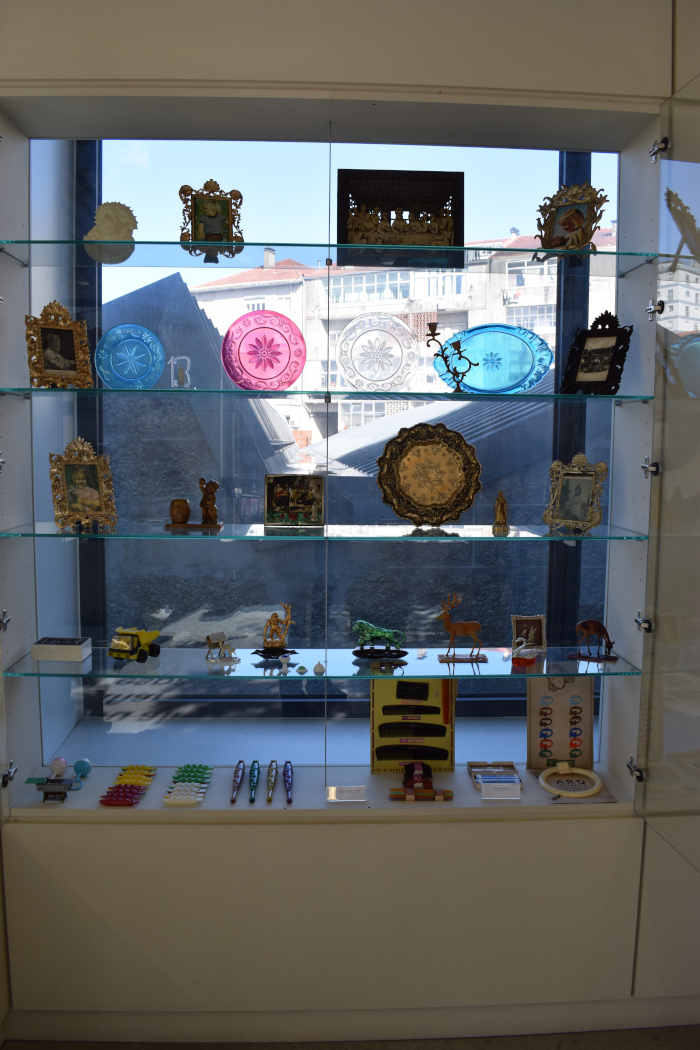Museology of plastic and pre-plastic collections

lastics have widely recognized characteristics, such as versatility, adaptability, and flexibility, which are a reflection of human creativity, and to the same extent are related to the human destructive capacity of natural environments. As objects, plastics reveal the existence of a work culture that has brought socio-demographic changes to the regions where they are produced. In order to safeguard these materials in good condition, in order to discuss their controversial history, it is necessary to carry out conservation and restoration techniques of these materials, given the high degree of degradation that some of them may suffer.
The effort to collect and safeguard a heritage must correspond to an active and dynamic dissemination and an effective connection with people, which is the raison d'être of the work of contemporary museums. Considering that one of the challenges of museology today is to look at objects more carefully, placing them at the center of the meanings and values to be investigated (Lopes; Barbuy, 2013, p. 12). These objects, whatever their nature, must be explored in the search for information beyond their materiality, involving them in the parameters of the social and political context as scientific and technological innovation. Therefore, this line of research proposes relationships between universities, museums, and contemporary institutions that produce plastic objects, searching for their narratives, documentation, prototypes, professionals, and associated techniques that are particular to the region in which they were produced.
Imagem: Coleção Pátria. Centro de Memória de Guimarães.
